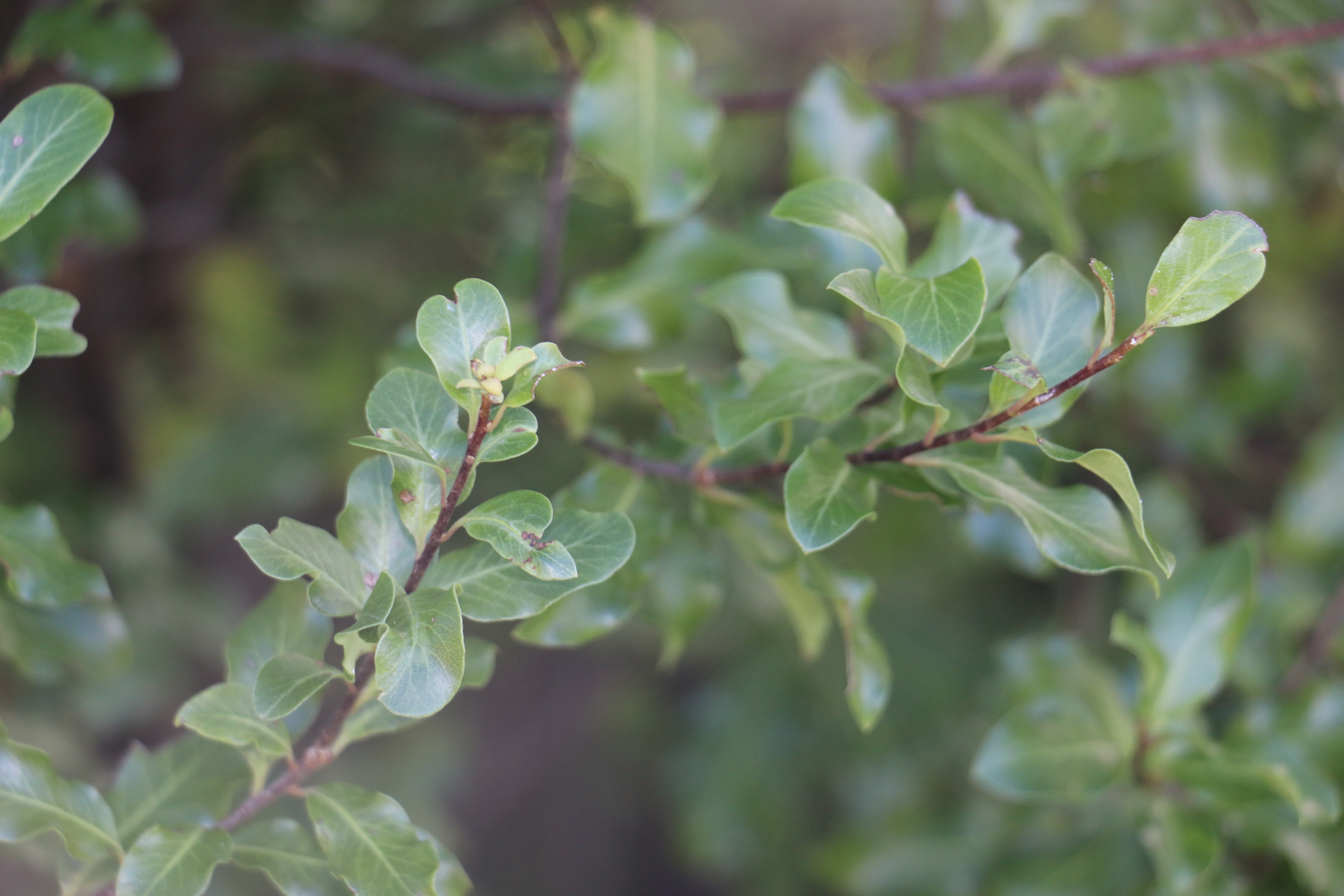Physical characteristics
An erect
Flowers and foliage
Silver-
Preferred site
Prefers
Preparation for planting
Always choose healthy well grown
Before planting ensure the root ball is saturated and remove the planter bag or pot with minimal root disturbance. Trim any broken roots and plant at the same level as in the container. Dig a hole twice the diameter of the root ball and firm in and water once planted. Make sure
For hedges select sm
Maintenance tips
Mulching
The first summer and autumn after planting is critical for young
Prune young hedges in their first year after planting to ensure even dense growth. Hedges planted in autumn should be cut back by half during late spring. Trim again lightly in late summer. During the second winter (or in early spring) trim moderately to remove half the previous seasons new growth. Feed hedges at least once a year with a balanced fertiliser ideally in early spring. Keep your hedge looking good with regular trimming. Fast growing hedges benefit from more frequent trimming.
Ecological and biodiversity benefits
Fruit is a food source for birds.
Pests and diseases
Relatively pest and disease-free.
Location at Auckland Botanic Gardens
Native Plant Ideas


.jpg?width=1200&height=800&v=1d4024e1a8845b0)

.jpg?width=1200&height=1200&v=1d4024dceb89e50)

.jpg?width=1200&height=1200&v=1d5569224d63650)
 .jpg?width=1200&height=1200&v=1d4024df6ce2770)
.jpg?width=1200&height=1200&v=1d55676a892f2b0)
 .jpg?width=1200&height=1200&v=1d4024e3b65f7f0)